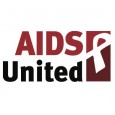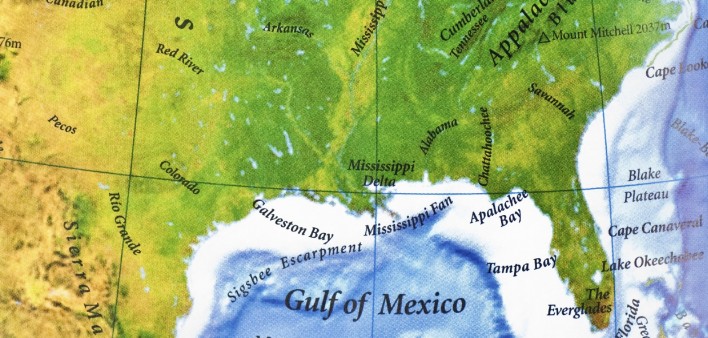A new analysis of data released earlier this week by CDC officials and researchers from Emory University provided an improved estimate of the prevalence of HIV in 2012 among men who have sex with men (MSM) in the U.S. The analysis is in a report published in JMIR Public Health and Surveillance. The report features prevalence of diagnosed HIV infection in 2012 and rates of new HIV diagnoses in 2013 among MSM in U.S. states, metropolitan statistical areas (MSAs), and counties. The report is further evidence of the huge burden of HIV among MSM. The national estimated HIV prevalence among MSM in 2012 was 15%. The national estimate of diagnosed HIV infection among MSM in 2012 was 11%. The data demonstrate the stark and disproportionate impact of HIV on MSM in the South.
The new analysis is unique, and significant, in that it combines data on the estimated number of MSM living in the U.S. with publically available HIV surveillance data to give estimates of HIV prevalence in 2012 and rates of new HIV infections in 2013 for MSM in the 50 states, every county, and in metropolitan areas. For the first time, HIV prevalence among MSM is based on the estimated total number of MSM rather than the estimated total of all adult men in the U.S. This gives a much more accurate picture of HIV among MSM and the disparities affecting MSM, which should be a useful tool for policymakers and advocates to target resources to areas of greater need. Based on the new estimate, there is a “57-fold” disparity in HIV prevalence among MSM compared to other men in the U.S. Unfortunately, the analysis does not include HIV prevalence estimates or rates of new diagnoses by race or ethnicity, which the Emory University researchers acknowledged in the report.
The impact of HIV on MSM in the South is perhaps the most striking aspect of the new analysis.
- HIV infection is hyperendemic (diagnosed prevalence of 15% or greater) among MSM in six states, all in the South, and in Washington, D.C.
- Of the top 10 states with high diagnosed HIV prevalence among MSM, nine are southern states.
- As the following chart from ABC news shows, of the 25 MSAs with high diagnosed HIV prevalence, 21 were in the South, including the top 13. Six of the southern MSAs had diagnosed prevalence of 25% or more. (Chart source: abcnews.go.com)
- In terms of incidence, or new diagnosed cases of HIV in 2013, the South accounted for the top 13 states. The analysis notes that this could be a result of success in reducing HIV transmission outside of the South, citing Massachusetts and San Francisco as examples.
- There is high diagnosed HIV prevalence in urban and rural areas of the South. While urban, metropolitan areas account by far for most of the diagnosed HIV prevalence, several rural areas in the South have diagnosed HIV prevalence of 20%–30% or more.
The lack of racial and ethnic data is problematic. This is especially disturbing since one of the key advantages of this new analysis is its use as a tool for policymakers and advocates to reduce HIV-related health disparities among MSM. Better estimates of the HIV burden among MSM of color, especially black gay men, would be helpful in further demonstrating the stark disparities faced by MSM of color and the need to provide additional funding to target and ultimately eliminate these inequalities. The CDC’s recent issue brief “HIV in the Southern United States” shows that black MSM accounted for the largest number of new HIV diagnoses in the South in 2014. Latino MSM accounted for the third highest number. The analysis acknowledges the lack of racial/ethnic data and the importance of getting the data, which the researchers say is not yet available.
The new analysis is a good step toward getting a better picture of the severity of epidemic among MSM. As such, it provides strong evidence to back up a strengthened policy and advocacy agenda to address HIV among MSM. Specifically, it reinforces the need to:
- Increase and strengthen the response to HIV among MSM in the U.S. as called for in the updated National HIV/AIDS Strategy (NHAS). This should include monitoring the response and increasing transparency and accountability at all levels of government.
- Address HIV in the southern states must be in the highest tier of priorities in the response to HIV among MSM, with black and Latino MSM as a top population priority. State governments in the South must take greater responsibility and be held accountable for reducing the HIV disparities.
- Increase access to the comprehensive array of HIV prevention services, including access to and utilization of PrEP among MSM.
- Increase access to health care, including HIV care and treatment. This should include expanding Medicaid in the 19 hold-out states, many of which are southern states with high HIV prevalence among MSM. Increasing access to health care must also include addressing disparities and inadequacies in health coverage under health plans offered through the Affordable Care Act state and federally facilitated marketplaces.
- Vigorously combat stigma and discrimination that is driven by racism and homophobia.
Maya Angelou is often quoted as saying “I did then what I knew how to do. Now that I know better, I do better.” That is a good way to look at what the new analysis can mean. The data gives us better information on the reality of HIV among gay, bisexual, and other men who have sex with men. Will we do better?








Comments
Comments